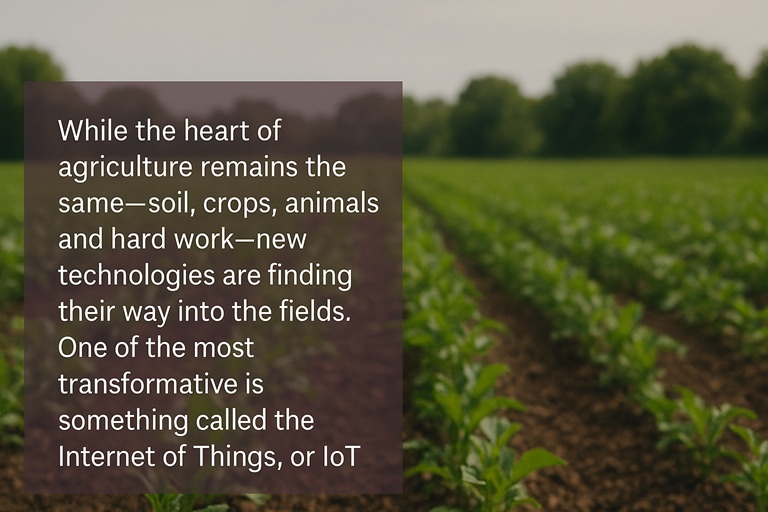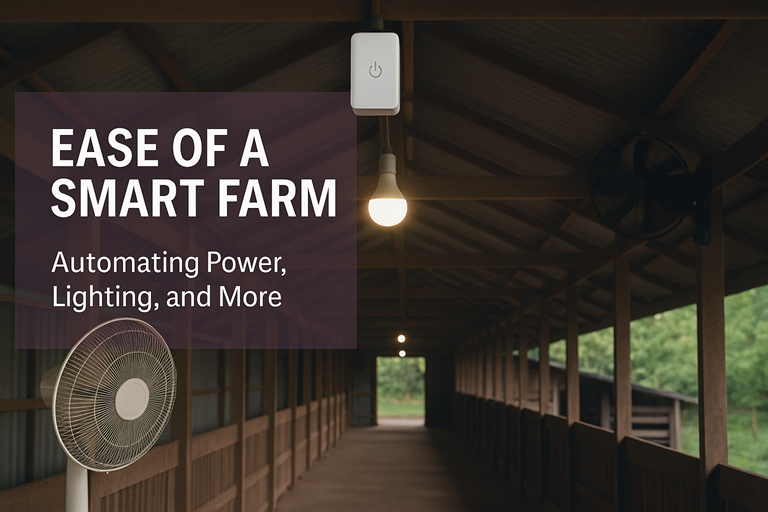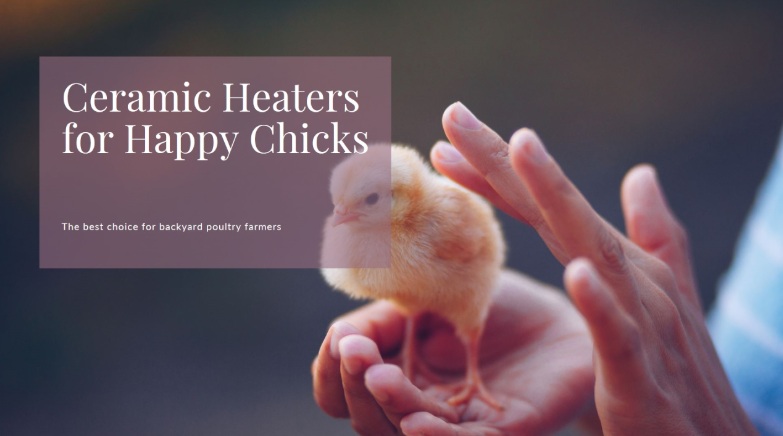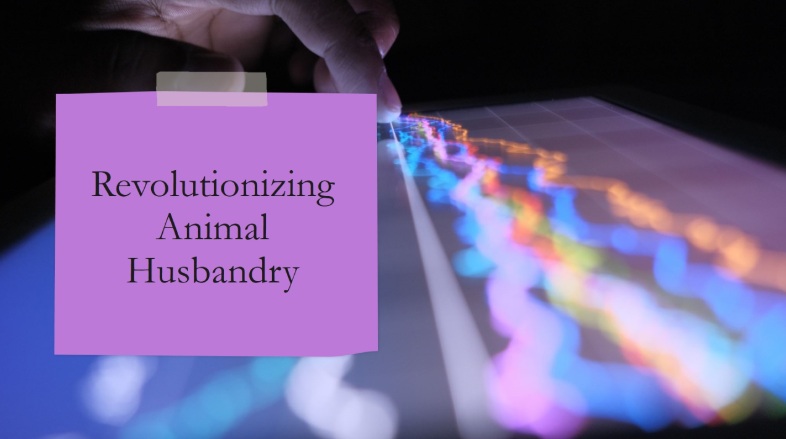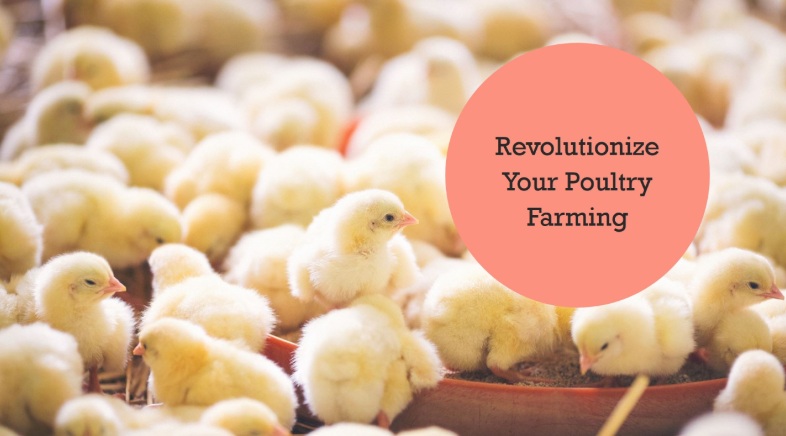In recent years, farming has begun to look a little different. While the heart of agriculture remains the same—soil, crops, animals, and hard work—new technologies are finding their way into the fields. One of the most transformative is something called the Internet of Things, or IoT.
Put simply, IoT refers to devices and machines that are connected to the internet and can collect, send, and receive data. These “smart” devices can monitor conditions, make decisions, and even take action without constant human involvement. In farming, that opens up a whole new world of possibilities.
Imagine being able to check the moisture levels of your soil from your phone, no matter where you are. Or having your irrigation system automatically turn on when the soil gets too dry—and shut off again when it’s just right. That’s a real-world example of IoT in action. It’s about using data to make better, faster, and more efficient decisions.
IoT is already making a big impact on how farms are run. Take weather monitoring, for instance. Instead of relying on regional forecasts that may not reflect your local conditions, a small IoT weather station on your farm can measure temperature, humidity, rainfall, and wind speed in real time. That gives you accurate information, specific to your land, to guide planting, harvesting, and even pest control.
Precision agriculture is another area where IoT is making waves. Tractors and sprayers fitted with GPS and sensors can plant seeds or apply fertilizer with remarkable accuracy. These machines can adjust their actions depending on soil conditions, crop type, and terrain, reducing waste and improving yields. All of this data can be tracked and reviewed later to see what’s working best across different areas of your farm.
Livestock farmers are also seeing benefits. IoT-enabled collars or ear tags can track animal movement, monitor health indicators, and alert you if something’s wrong—like a cow not eating properly or straying outside its usual area. This kind of insight was difficult or impossible to get without hours of observation. Now, it’s available instantly, with minimal effort.
One of the biggest advantages of IoT in farming is the ability to save time. Farmers often have more tasks than hours in the day, and many of those tasks involve checking, measuring, and responding to changing conditions. IoT doesn’t replace the farmer—it works alongside, acting like an extra pair of eyes and hands on the ground.
While some of these systems may seem high-tech, they’re becoming more affordable and easier to use. Many solutions are designed specifically for smaller farms or rural areas, with simple interfaces and reliable connectivity. It’s not about turning every farm into a futuristic control center—it’s about solving practical problems using smart, connected tools.
As global demand for food increases and environmental challenges grow, efficiency and sustainability are becoming more important than ever. IoT offers a way to meet those challenges head-on—by helping farmers do more with less, with greater precision and insight than ever before.
In short, the Internet of Things is helping to modernize agriculture, not by replacing traditional methods, but by enhancing them. Whether it’s automating irrigation, improving livestock care, or simply giving you more control over your land, IoT has the potential to be a game-changer for farms of all sizes.
Farming has always adapted with the times. And today, IoT is one of the tools helping farmers move forward—smarter, faster, and better informed.
